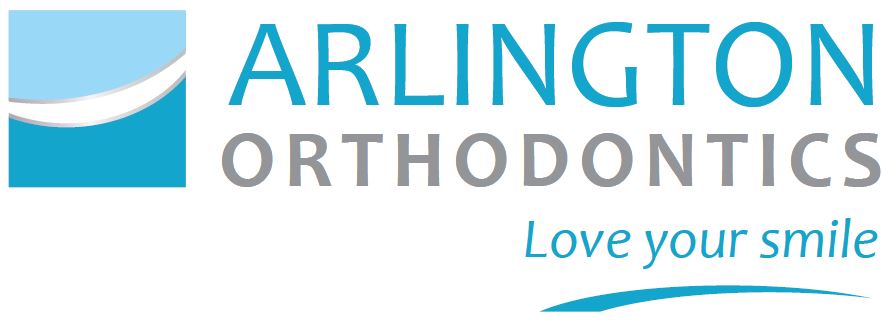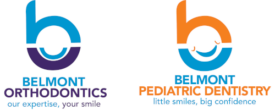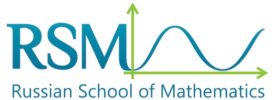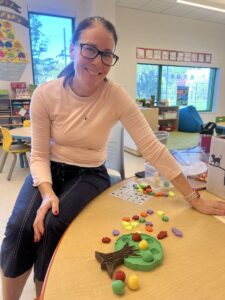
Menotomy Preschool Teacher Sif Ferranti is using the school’s new 3D printer to create math and counting games based on themes such as the fall season to help make lessons more relevant to her students.
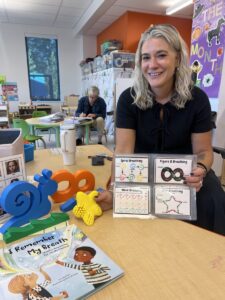
Menotomy Preschool Social Worker Elena Knightly displays materials she uses to teach calm-down strategies to her young students, including three-dimensional objects printed with the school’s new 3D printer.
When you are about to lose your cool in a situation, what do you do?
First, it might be helpful to identify what you are feeling and why. Then, you might need to draw upon some tools — some moments of deep breathing, for example — to help calm yourself down.
Such abstract concepts can be difficult for adults to wrap their heads around, let alone 3- and 4-year-olds. But teachers and staff at Menotomy Preschool are employing creative ways to help their young students understand these ideas and much more, and they are utilizing funds from an Arlington Education Foundation grant to do it.
Last year, preschool teacher Sif Ferranti and social worker Elena Knightly had an idea: What if they could create custom manipulatives — three-dimensional objects — to help make some of the lessons they were trying to teach more concrete, improving learning for students of all abilities in the classroom? To turn this idea into reality, they looked to AEF, applying for and receiving a $4,000 Innovations Grant to purchase a 3D printer for Menotomy Preschool.
Now, when Knightly is teaching preschoolers how to use calm-down strategies, she reads to them from a picture book and shows them laminated illustrations of different types of breathing. But she also hands out custom-printed 3-D objects — a figure 8, a snail, a starfish and a wave — for students to hold and touch and practice the strategies she is helping them to develop.
Young children learn best from hands-on strategies that engage all the senses, including touch and feel, Knightly said. Having a three-dimensional object to hold makes learning accessible for students who are not quite ready for other modes of instruction. “Developmentally, the trajectory goes from recognizing an object, to holding and feeling the object, and then to picture representation,” Knightly said. “So we want to make sure we are not skipping that first object level for kids, and to be able to hold something not only occupies little hands, but it really solidifies learning in a different way for them, so that they are much more engaged in a lesson and much more willing to participate than just being spoken at.”
The 3D printer is not just for teaching social-emotional skills. Ferranti and Knightly are using it to create custom manipulatives for other lessons as well, enhancing the school’s curriculum in subjects such as math, phonics and writing. When teachers read Eric Carle’s “Brown Bear, Brown Bear,” students hold 3-D representations of each of the animals featured in the story, and then play with them throughout the day. Instead of a counting jar filled with marbles or blocks, there is a jar filled with dozens of small plastic fall leaves, And instead of a generic two-dimensional pizza math game, there is an apple tree with removable apples, allowing teachers to connect lessons to the everyday activities students might be participating in with their families at home.
“Everybody’s doing fall right now, so we are learning as we go how to make the curriculums that we use more purposeful for kids,” Knightly said. “Instead of learning about counting and numbers in a pizza game all year long, we are really refining it so that it connects to what they are doing in real life.”
“Right, why are we doing a pizza game? We’re picking apples with mom and dad,” Ferranti adds. “So we can adapt and make it fun.”
Even the preschoolers themselves are joining in on that fun, Ferranti said. One 4-year-old student had the idea to create a Statue of Liberty torch for the line leader to hold, so Ferranti printed one. In the process, students are exposed to concepts in history, stem and other subjects. “They have good ideas, those kids,” Ferranti said.
The custom manipulatives are available to around 100 students in classrooms throughout the preschool, as well as an additional 35 young children from the community who come in for discreet services, such as once-a-week speech therapy.
“We are developing skills and we are connecting objects we make with the curriculum,” Ferranti said. “We are here to teach people, and we are here to teach all the people. We are really excited we got the grant.”
